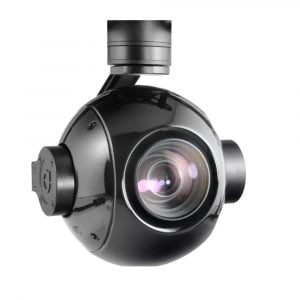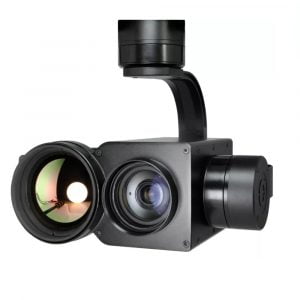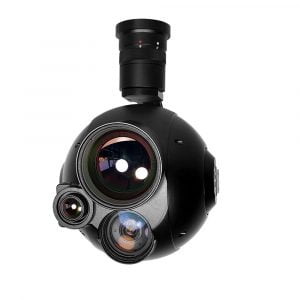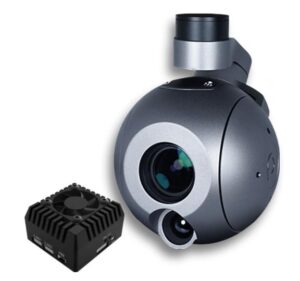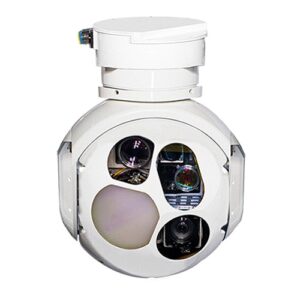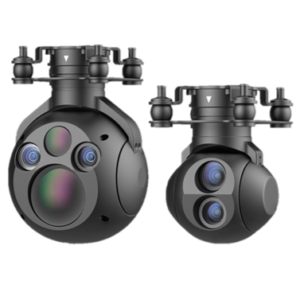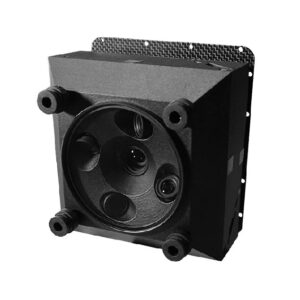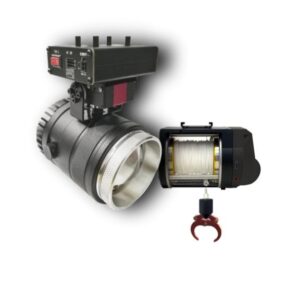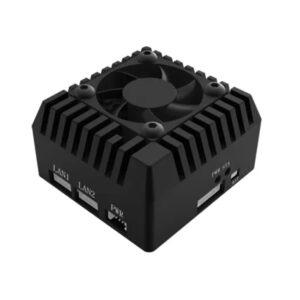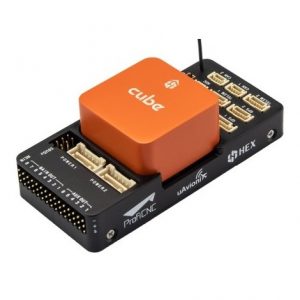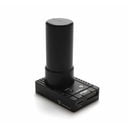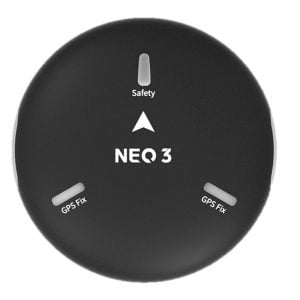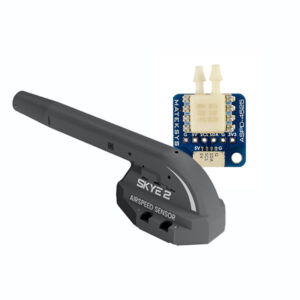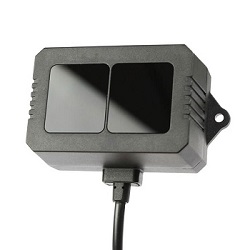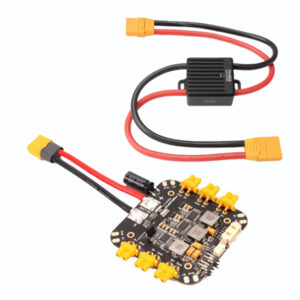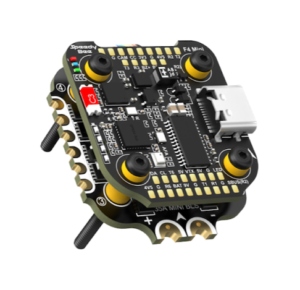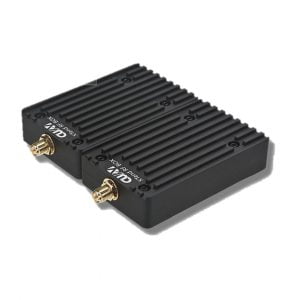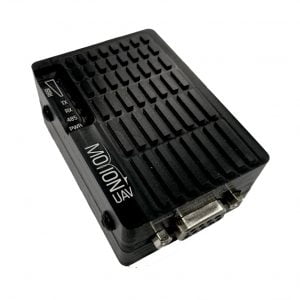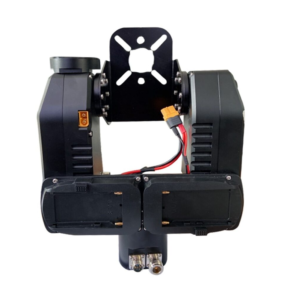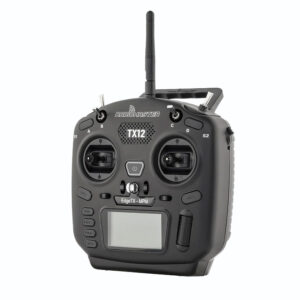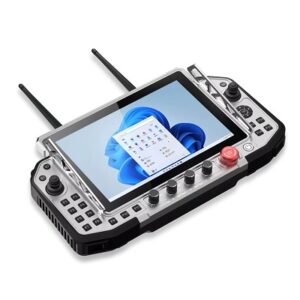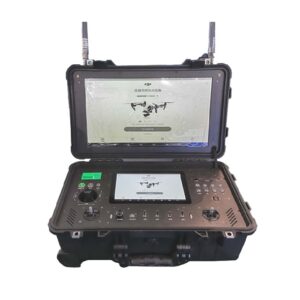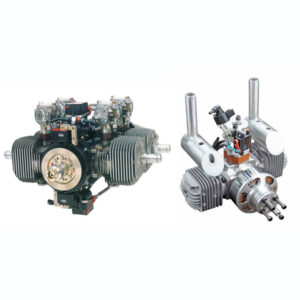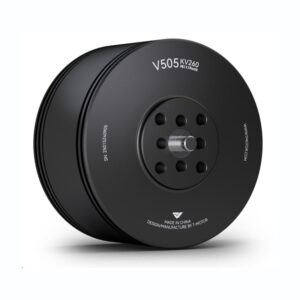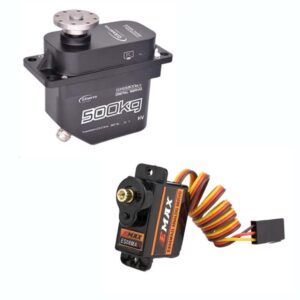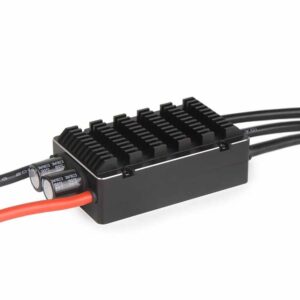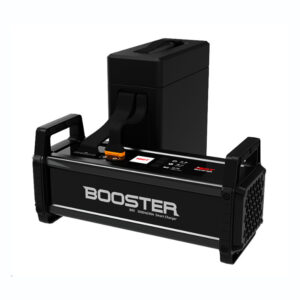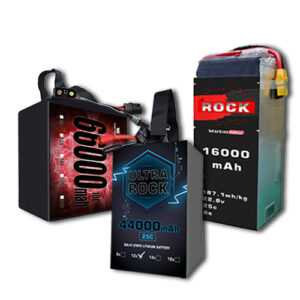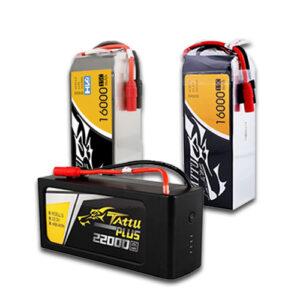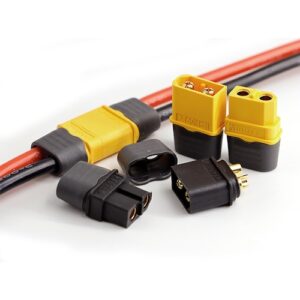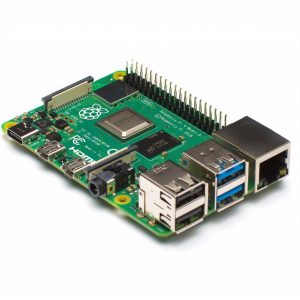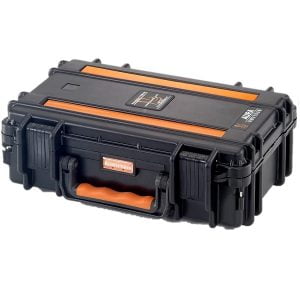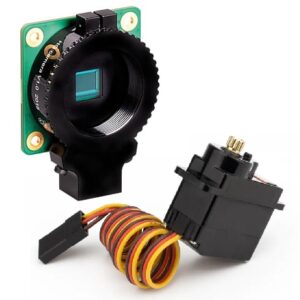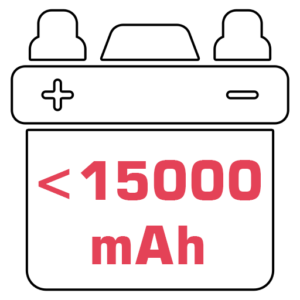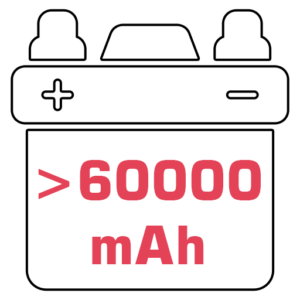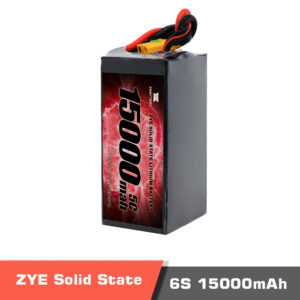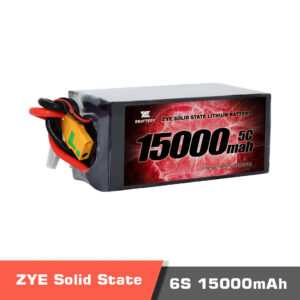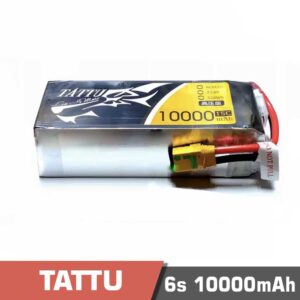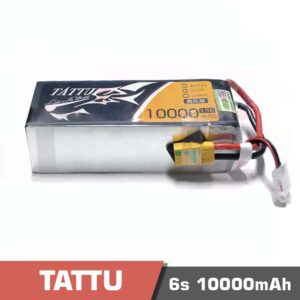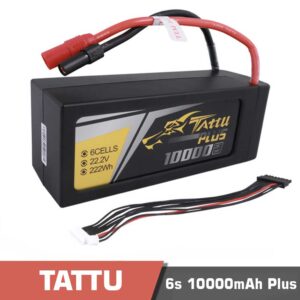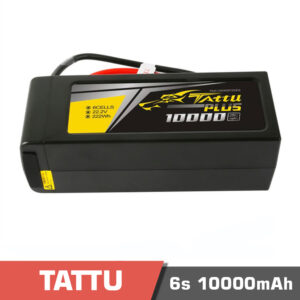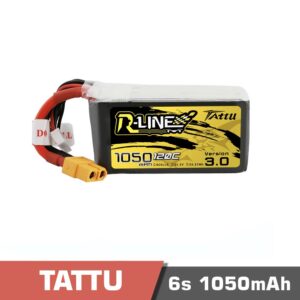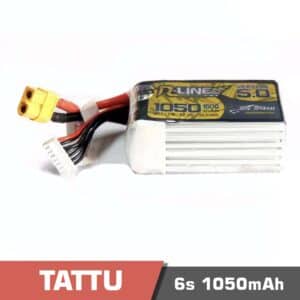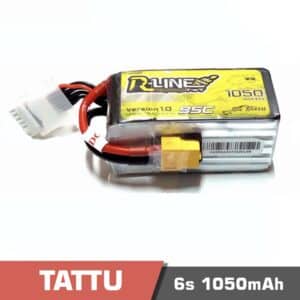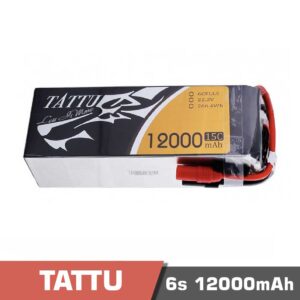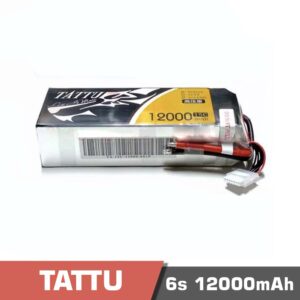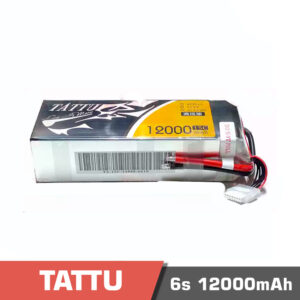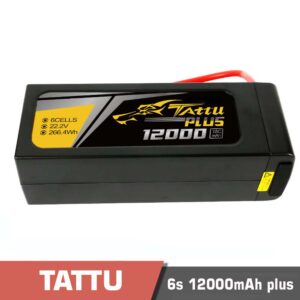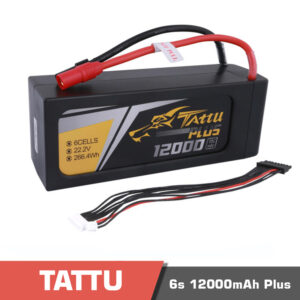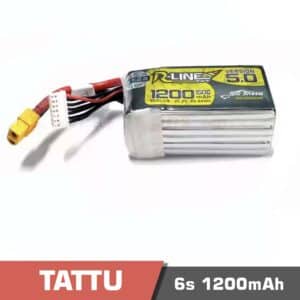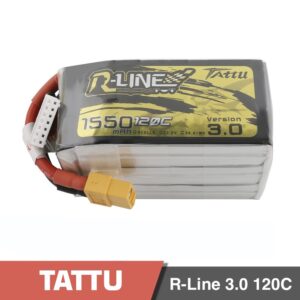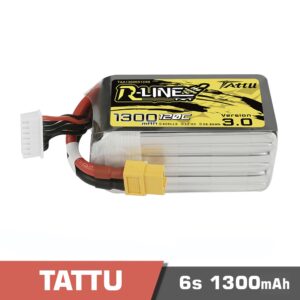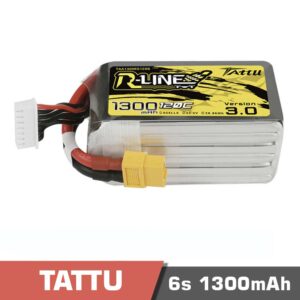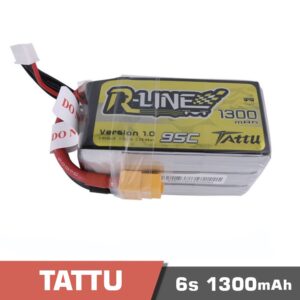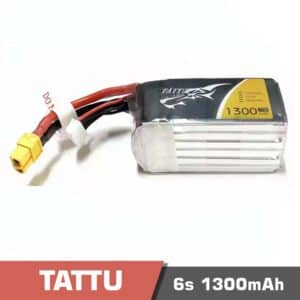6s battery
-
Battery Lipo 6S 10000mAh 15C Tattu
- 203.00 $
-
Battery Lipo 6s 12000mAh 15C Tattu
- 259.00 $
-
Battery Lipo 6S 12000mAh 15C Tattu
- 237.00 $
-
Battery Lipo 6S 120C Tattu R-line 3 1300&1550mAh
- 51.00 $ – 62.50 $
What is a 6S battery?
What is a 6S Battery and How Does it Work? Solid-state batteries and semi solid-state batteries are manufactured in the form of a single cell. So a 6s battery uses 6 individual cells of the battery in series to form a 6s configuration and increase the voltage level. In those 6S batteries that the manufacturing process and the comprising materials are the same, the capacity of each cell can be different, while their voltage level is the same. The maximum voltage level of each cell is 4.2v for normal LiPo and Li-ion batteries.
High voltage batteries (HV batteries in short) have a maximum cell voltage of 4.25 ~ 4.35v, while ultra high voltage batteries (Ultra HV batteries) have maximum cell voltage of 4.45v.
Packing battery cells
Multiple cells are connected together to form a battery pack. The cells can be connected in series or in parallel to generate the desired capacity and voltage.
Connection in parallel increases the capacity of the battery pack, while series connection increases the voltage level. What is the Difference Between a 6S and a 7S Battery? When we talk about a 6S battery, it means that the output voltage of the battery pack will be 6×4.2v=25.2v for normal batteries (or 6×4.45=26.7v for ultra high voltage batteries). On the other hand, the final maximum voltage of a 7s battery will be 7×4.2v=29.4v or 7×4.45=31.15v for normal and ultra high voltage batteries respectively. So the main difference between a 6S and a 7S battery will be their output voltage.
Capacity and type of a 6S battery
How Do I Choose the Right 6S Battery for My Needs? What Should I Look for When Buying a 6S Battery? There are two main factors that you may need to consider when choosing the right 6s battery for your project. The first one is the battery capacity which directly affects the amount of time that your device can run without charging your battery. When we talk about the capacity of a 6S battery, what we refer to is the measurement of charge or Ampere-Hour (Ah) rating of the battery. It is simply a measure of how long a battery can provide one amp of power per hour. So the higher the Ampere-Hour of a battery, the longer it can work when the same amount of current is drawn from it.
The battery capacity should be decided based on the power consumption of your device. So you may consider choosing the highest available capacity of the battery that can be found in the market.
This may not be an issue for some applications like mobile cell towers, while for portable devices, the weight and dimension is a big factor. The higher the capacity of the battery, the higher its weight and dimensions. So it is important to choose the optimum battery capacity for your vehicle.
Warranty and return policy
Many customers ask us: what is Your Return Policy for 6S Batteries? Or do You Offer Warranty Coverage for 6S Batteries? Unless the defect of the battery is related to the manufacturing process, we can not accept the return of the batteries. All our 6S battery packs are tested and quality checked before shipment and they are all packed very well in appropriate packages to avoid damage during the shipping.
The health status of the battery is highly dependent on how it is used, and stored. The battery should be stored in the storage temperature recommended by the manufacturer. If you have fully charged your battery, it should be discharged to nominal voltage before storage, which can be found in the datasheet of the battery and depends on the type of the battery (whether it is a Li-Po, High voltage Li-Po, or other types).
Most of the battery chargers have predefined programs and automatically discharge the battery to the desired voltage level.
Lifespan of a 6S battery
How Long Does a 6S Battery Last? It depends on many factors. There is a shelf life defined for batteries which can be one year or more, which is the amount of time the battery stays healthy in its original packaging without being used.
This can depend on the manufacturer, type of the battery, and storage environment. Batteries also have a life cycle which is the number of times that a battery can be charged and discharged without deduction in its performance.
Number of cells of a battery pack and its chemical components
How Does a 6S Battery Compare to Other Li-Po Batteries? It may not be the right question to ask. 6S battery refers to the number of cells that are connected in series to each other to form the battery pack.
On the other hand Li-Po refers to the chemical elements that are used to manufacture the battery. So each cell of a 6S battery can be manufactured using any type of chemicals such as Li-ion, Li-Fe, or other types, but they would still be called a 6S battery.
However, you should bear in mind that all of the cells of a 6S battery pack should be manufactured using the same chemical elements.









